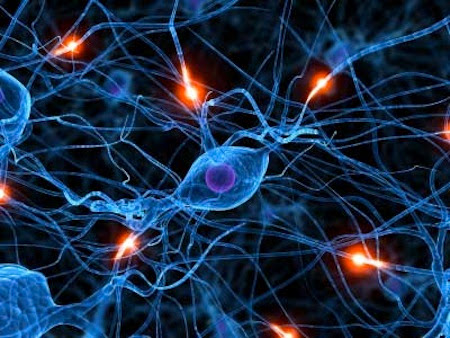Scientists have been patiently working towards a purpose when a harmful injury or a stroke does not cause permanent brain damage. They have found a way to repair brain cells by transplanting embryonic neurons, into the damaged brains of mice– which started forming connections with their neighboring cells and restored brain function. Stem cells act as a repair system for the body that replenishes adult tissues. Found in multicellular organisms they have the ability to differentiate into specialized cells and can further divide to produce more stem cells. By transforming a support cell found in the brain, scientists have managed to regenerate damaged areas of the cerebral cortex in mice.


Usually, no new neurons are grown near the cerebral cortex which is the outer layer of tissue in the brain. It helps in controlling movement, interpreting the senses, conscious thought and memory. But the experiment made on adult mice raised a hope that damaged brain tissue can be repaired in patients who suffer from a traumatic brain injury or stroke.
Scientists were able to coax structural cells, called NG2 glia, in the damaged area of the brain to develop into neurons by injecting mice with viruses carrying a short piece of extra genetic code. They started receiving signals from neurons around the damaged area by growing in the injured area.
Neuroscientist Magdalena Götz of Ludwig-Maximilians University and the Institute of Stem Cell Research at the Helmholtz Center in Munich, said “what we did there is proof of concept. We took the best type of neurons, chosen at a specific time, and then we put them in the lesioned brai.,”
Sunil Gandhi of th University of California, Irvine, who was doing the same research said “I’m excited about this study, This is evidence that the brain can accept the addition of new neurons, which normally doesn’t happen. That’s very exciting for its potential for cell-based repair for a brain.”

But the question is, what if this concept brings side effects that could cause more harm than a good transplant can? And what if the new cells become cancerous?
To this Gandhi said, “In the case of stroke, there are therapeutic avenues that involve behavioral rehabilitation that can help to some degree, it is true that the options are limited and frustrating. But the alternative is that we may end up going too fast and have unwanted harmful side effects.”
Neuroscientist Zhiping Pang, of Rutgers Robert Wood Johnson Medical School, agreed and said, “we are doing this now in more realistic models, in models of traumatic and ischemic brain injury and all I can say is that it looks pretty good,” she said. She hopes that these problems can be solved.
































